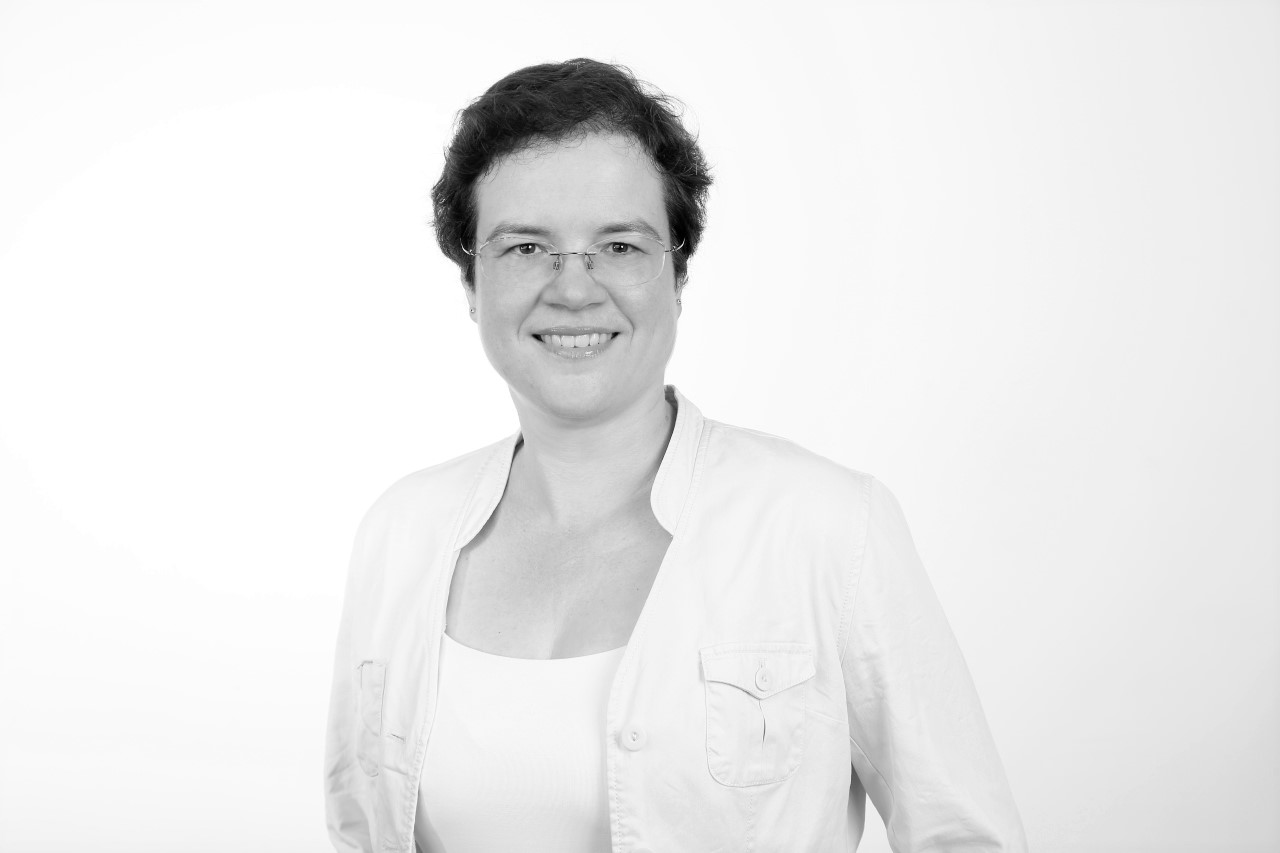Stunting through farming? Rethinking stature, archaeogenetics and nutrition in the Neolithic
By Arkeokast and Eva Rosenstock
Since the 1980ies, the Neolithic transition has been perceived as a case of impoverished overall health and nutrition, visible - among other proxies - in decreasing human adult stature and the assumed increasing share in carbohydrates in overall calory intake. However, trends in adult stature as derived from a Bayesian errors-in-variables model (Groß 2016) applied to the LiVES COstA Digest dataset (Rosenstock et al. 2019a) are by no means uniform and cannot be related to environmental reasons without further scrutiny. While stature is at best declining slightly in the Fertile Crescent and Anatolia and more marked in Southeast Europe (Rosenstock et al. 2019b). Moreover, a similar analysis based on the δ15N and δ13C stable isotope dataset collected for our LiVES group and underlying Scheibner (2016) in preparation (Rosenstock, Scheibner, Groß, Fernandes in prep.) shows very different nutritional trends for the Fertile Crescent, Anatolia, the Aegean and the Balkans. Apparently, the impact of Neolithization on nutrition, especially trophic level, and stature was very different in the Primary vs. the Secondary modes of Neolithization in Anatolia and its neighbouring regions. Observable changes in stature during Neolithization, hence, must be viewed also in the light of the archaeogenetics of stature (Cox et al. 2019) and movements of postglacial populations related to Neolithization and cannot be readily attributed to changes in nutrition.
Dr. Eva Rosenstock

Eva Rosenstock received her doctorate in prehistoric archaeology from Tübingen University in 2005 and was holder of the travel grant of the Deutsches Archäologisches Institut in 2006-2007. The comparative supra-regional perspective between Near East and Europe taken in her dissertation on Neolithic tell settlements has proven a useful approach for many other topics in Eva’s research with a focus on economic archaeology. Her projects, based at Freie Universität Berlin where she has been a research associate since 2006, include excavations at 6th millennium BC Çatalhöyük West in Central Anatolia (2006 – 2013, funded by the Alexander-von-Humboldt-Stiftung), an Emmy Noether Junior Research Group investigating the development of human stature in prehistory (2011 – 2019, funded by the Deutsche Forschungsgemeinschaft) and aspects of cattle traction in prehistory. Within the framework of the Einstein Center Chronoi, Eva currently tackles questions of time reckoning and time management in the Neolithic.
Contact:
Freie Universität Berlin
Einstein Center Chronoi
Otto-von-Simson-Straße 7
14195 Berlin, Germany
e.rosenstock@fu-berlin.de
Bibliography
S. Cox - C. B. Ruff - R. M. Maier – I. Mathieson, Genetic contributions to variation in human stature in prehistoric Europe, Proceedings of the National Academy of Sciences, 116, 2019, 21484.
M. Groß (2016) Modeling body height in prehistory using a spatio-temporal Bayesian errors-in variables model. Advances in Statistical Analysis 100/3, 289-311.
E. Rosenstock – J. Ebert – R. Martin – M. Groß, LiVES-COstA Digest: Checked and updated entries from the LiVES Collection of Osteological Anthropometry, Edition Topoi, 2019, https://doi.org/10.17171/2-12-2-1
E. Rosenstock - J. Ebert - R**. Martin - A. Hicketier - P. Walter - M. Groß, [Human Stature in the Near East and Europe ca. 10 000 – 1000 BC: its spatio-temporal development in a Bayesian errors-in-variables model]{.underline}. Anthropological and Archaeological Sciences 11(10), 2019, 5657-5690.** https://doi.org/10.1007/s12520-019-00850-3
E. Rosenstock, J. Ebert, A. Scheibner, M. Groß, R. Fernandes, Tracing the food revolutions: a Bayesian approach to human δ15N and δ13C data from Holocene Southwest Asia and Europe (working title), in prep.
A. Scheibner, Prähistorische Ernährung in Vorderasien und Europa: Eine kulturgeschichtliche Synthese auf der Basis ausgewählter Quellen. Studien zum Lebensstandard in der Vorgeschichte, Vol. 1. Rahden: Marie Leidorf 2016.